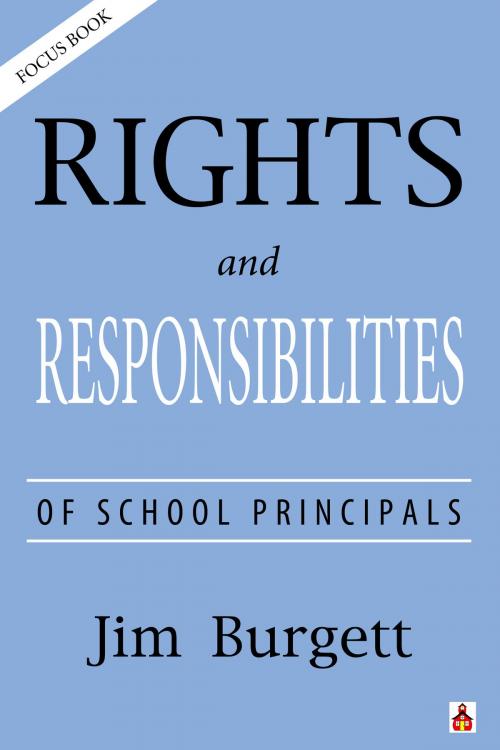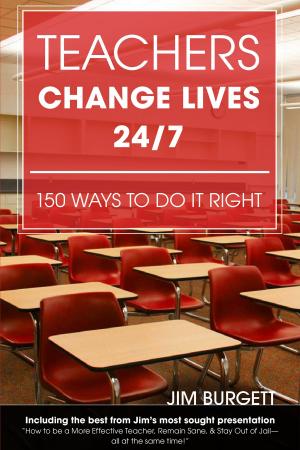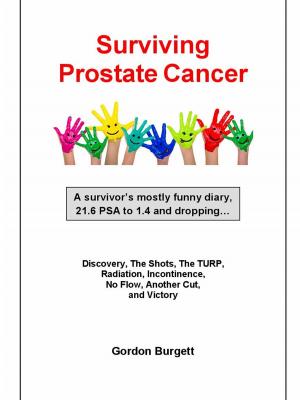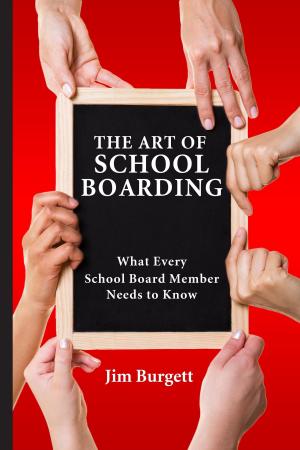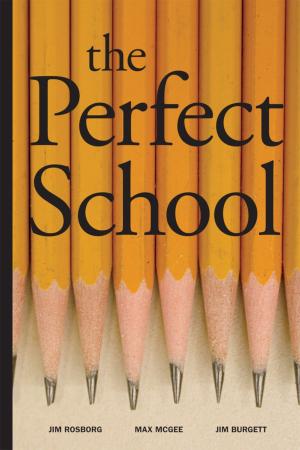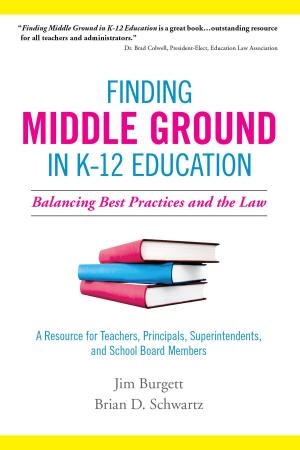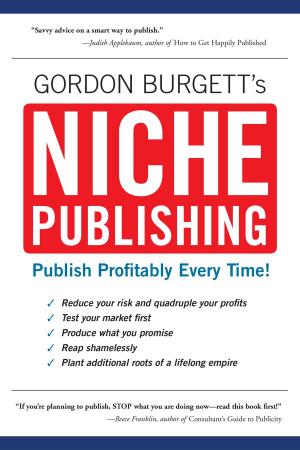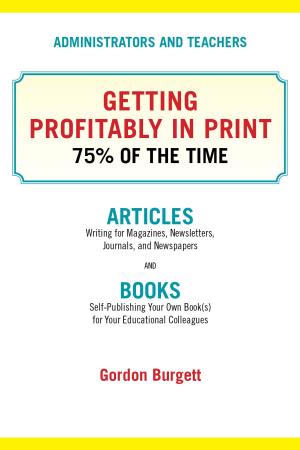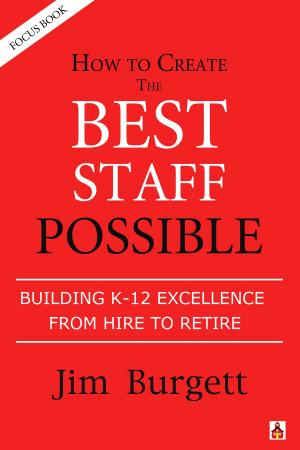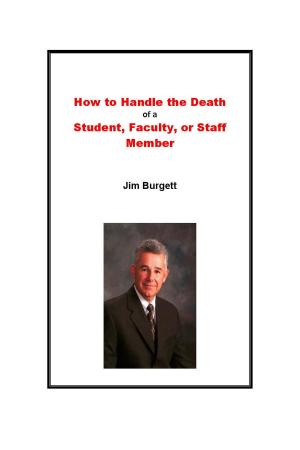Rights and Responsibilities of School Principals
Nonfiction, Reference & Language, Education & Teaching, Educational Theory, Leadership, Counseling & Guidance| Author: | Jim Burgett | ISBN: | 9780989653084 |
| Publisher: | Gordon Burgett | Publication: | August 11, 2015 |
| Imprint: | Smashwords Edition | Language: | English |
| Author: | Jim Burgett |
| ISBN: | 9780989653084 |
| Publisher: | Gordon Burgett |
| Publication: | August 11, 2015 |
| Imprint: | Smashwords Edition |
| Language: | English |
Rights and Responsibilities of School Principals is the bedrock first chapter of Jim Burgett's newest full book, The School Principal’s Toolbook. What is more important for school principals than knowing the principal’s rights and responsibilities in their district? What do others expect of them—others like kids, teachers, parents, the tax-paying public, their superintendent, and the school board?
And what can those principals expect in return for guiding their kids and the kids’ mentors with love, acumen, and (now and then) perhaps a pinch of magic? What’s their trade-off for designing and putting into action educational opportunities for school children? For helping open and make sense of the world to young, eager, hungry minds?
Let’s ask, Jim, the author of both this K-12 Focus Book and The School Principal’s Toolbook what he had in mind when he composed the books’ contents. “I put the rights and responsibilities of school principals first in the books because that’s where they are 24 hours a day in the principals’ own lives. I tried to make this threshold information clear and compact by arranging those rights and responsibilities into 10 no-nonsense steps, then I felt compelled to add an extra step about bullying. Finally, I wrote the shorter focus book to make that critical information more easily accessible, easier to tote around when needed, and affordable to any school leader anywhere.
I used the six questions most asked by principals to guide my rights and responsibilities content: (1) What is expected of me when I start a new job, or move to a new district? (2) Do I have to do all of this by myself? (3) Is this tasking really my job or when can I hand it off to someone else? (4) What if I make a mistake in judgment? (5) What do I really need to know to facilitate change? (6) Am I really considered a role model for others? Then I tried to relate the information to everyday school activities and needs so it would read more like a roadmap or a guidebook, to help principals at all stages (from brand new to grizzled)—and to all other school administrators as well.
Rights and Responsibilities of School Principals is the bedrock first chapter of Jim Burgett's newest full book, The School Principal’s Toolbook. What is more important for school principals than knowing the principal’s rights and responsibilities in their district? What do others expect of them—others like kids, teachers, parents, the tax-paying public, their superintendent, and the school board?
And what can those principals expect in return for guiding their kids and the kids’ mentors with love, acumen, and (now and then) perhaps a pinch of magic? What’s their trade-off for designing and putting into action educational opportunities for school children? For helping open and make sense of the world to young, eager, hungry minds?
Let’s ask, Jim, the author of both this K-12 Focus Book and The School Principal’s Toolbook what he had in mind when he composed the books’ contents. “I put the rights and responsibilities of school principals first in the books because that’s where they are 24 hours a day in the principals’ own lives. I tried to make this threshold information clear and compact by arranging those rights and responsibilities into 10 no-nonsense steps, then I felt compelled to add an extra step about bullying. Finally, I wrote the shorter focus book to make that critical information more easily accessible, easier to tote around when needed, and affordable to any school leader anywhere.
I used the six questions most asked by principals to guide my rights and responsibilities content: (1) What is expected of me when I start a new job, or move to a new district? (2) Do I have to do all of this by myself? (3) Is this tasking really my job or when can I hand it off to someone else? (4) What if I make a mistake in judgment? (5) What do I really need to know to facilitate change? (6) Am I really considered a role model for others? Then I tried to relate the information to everyday school activities and needs so it would read more like a roadmap or a guidebook, to help principals at all stages (from brand new to grizzled)—and to all other school administrators as well.
